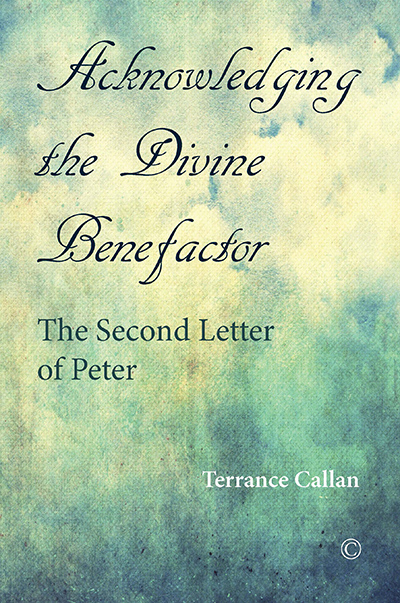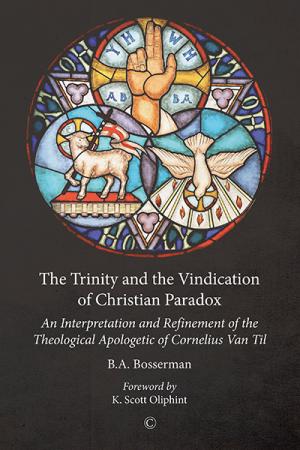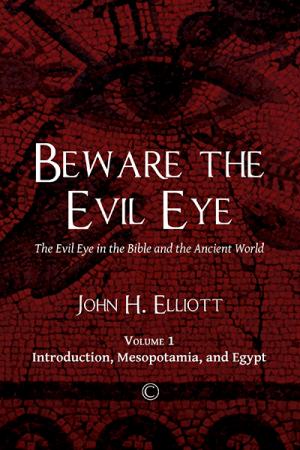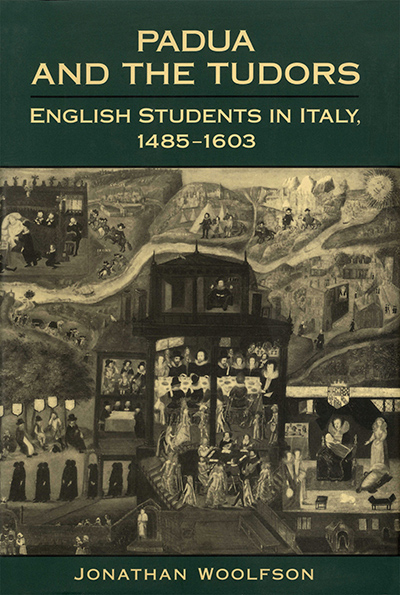Description
Acknowledging the Divine Benefactor is a socio-rhetorical interpretation of the Second Letter of Peter. Using multiple interpretive perspectives and emphasising the pictorial dimensions of 2 Peter, Terrance Callan shows that the letter makes the following argument: since Jesus Christ has given his followers benefits, including the promise of sharing in divine nature, they need to make a proper return for these benefits by living virtuously; and this in turn will enable them to receive the fulfilment of the promise. The occasion of the letter is that Peter’s death is near. He writes so the addressees can remember his teaching after his death. The author expounds this teaching because some people do not await the future fulfilment of Christ’s promises and so do not emphasise the need for virtuous living.
About the Author
Terrance Callan is Professor of Biblical Studies at The Athenaeum of Ohio in Cincinnati. He is the author of several articles on 2 Peter and the commentary on 2 Peter in First and Second Peter (2012). He is also the author of Dying and Rising with Christ: The Theology of Paul the Apostle (2006).
Contents
Acknowledgments
List of Abbreviations
Introduction
Socio-Rhetorical Interpretation
Discourses in 2 Peter
Rhetography and Rhetology
Text
Author
Addressees
Place and Time of Composition
Outline of 2 Peter
Section 1: 2 Peter 1:1-15
Letter Opening
Unit 1: 2 Peter 1:1-2 Letter Salutation
Unit 2: 2 Peter 1:3-11 Theme of Letter: Peter Proposes Honoring the Divine Benefactor by Living Wisely
Unit 3: 2 Peter 1:12-15 Occasion of Letter: Making it Possible to Remember Peter’s Prophetic Teaching after His Death
Section 2: 2 Peter 1:16-2:10a
Letter Body, Part 1: Two Arguments that Jesus Will Come Again
Unit 1: 2 Peter 1:16-18 First Argument: Jesus’ Transfiguration Shows that He Will Come Again
Unit 2: 2 Peter 1:19-2:10a Second Argument: The Prophetic Word Shows that Jesus Will Come Again
Section 3: 2 Peter 2:10b-22
Letter Body, Part 2: Prophetic Denunciation of the False Teachers
Unit 1: 2 Peter 2:10b-17 Prophetic Denunciation of the False Teachers’ Moral Failings
Unit 2: 2 Peter 2:18-22 Prophetic Analysis of the False Teachers’ Destructive Effect on Others
Section 4: 2 Peter 3:1-13
Letter Body, Part 3: Restatement of Letter’s Purpose and Resumption of Its Argument
Unit 1: 2 Peter 3:1-4 Peter’s Prophetic Reminder of Beneficial Teaching
Unit 2: 2 Peter 3:5-13 Renewed Argument that Jesus Will Come Again
Section 5: 2 Peter 3:14-18
Letter Closing
Bibliography
Author Index
Ancient Documents Index
Endorsements and Reviews
This book uses the new form of socio-rhetorical commentary that the Rhetoric of Religious Antiquity Project is refining in the Society of Biblical Literature. Following the new format, Terrance Callan presents work in progress on 2 Peter that expands socio-rhetorical interpretation beyond its earlier emphasis on the texture of texts by framing his commentary with sections on the rhetography and rhetorical force of the text. This preview points positively forward toward the potential of fully-developed commentary on texts using this format.
Vernon K. Robbins, Emory University, Atlanta, Georgia
In his work Acknowledging the Divine Benefactor, Terrance Callan brilliantly shows just how much this methodology has to contribute. The work is readable, full of good scholarship, theological, and delightfully candid. It is a contribution to the field that no serious interpreter of this letter should pass up.
Peter H. Davids, Houston Baptist University, Texas
Acknowledging the Divine Benefactor admirably demonstrates SRI’s [socio-rhetorical interpretation] use as structural methodology. … I particularly enjoyed his ‘social-cultural texture’ with (translated) texts/inscriptions, e.g., decrees honouring benefactors (pp. 55-56), and identification of the frequent priority of usage of Hellenistic terms/language (over Jewish terms, pp. 75-76), patron-client relationships and honour-shame values.
Robert S. Dutch, in Journal for the Study of the New Testament, Vol 38, No 5





